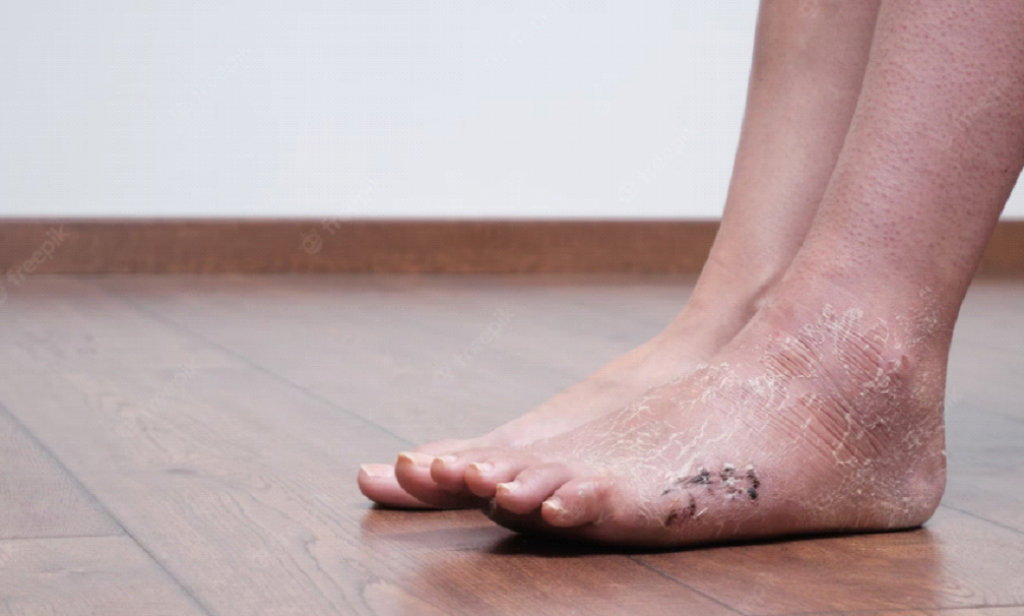A fracture is a structural break in the continuity of the bone. After a fracture, its diagnosis, reduction, alignment and immobilization for healing are important procedures. Immobilization refers to the process of holding a bone in a place with the help of a splint, cast, or brace. If the injured bones, ligaments, tendons, and other structures are not immobilised, they will incur more damage. It also helps to keep the area from moving, which helps to reduce pain.
Bone healing occurs in three phases that need adequate rest. Rest is achieved with immbolization. Failure to immbolize the part can lead to complications such as mal-union (the fracture that is healed in an unsatisfactiry position resulting in a bony deformity), non-union (fracture that fails to unite with a bony union) or delayed union (fracture takes longer than normal to heal).
Immobilization is achieved using a variety of treatments suggested by your doctor based on the location and severity of the traumatised area.
- Braces: Following an accident, braces are used to immobilise a body part. They can also be used to support a bone and keep it in place. Following surgery, a doctor may prescribe a brace to help with alignment. Braces are adjustable, allowing movement to be gradually added as the bone heals.
- Cast: The most common method of immobilising a fracture is with a cast. After your doctor has properly positioned your arm or leg, a cast is applied. The fractured bone is immobilised by the cast, which keeps it in place until the damaged areas heal. A soft, protective cushion made of cotton or synthetic material is wrapped around the area to be cast before it is placed on the patient.
- Collars: Collars immobilise the neck area to protect the head, neck, and spine from further harm. Collars come in a variety of styles to fit a variety of injuries. A cervical collar is a hard-to-touch. It’s also used to treat a serious head injury. Soft collars are less restrictive than hard collars in terms of reducing discomfort and restricting movement.
- Slings: Slings are a simple way to immobilise an arm after an injury, but they’re usually used in conjunction with a cast for the best results. A sling is a bandage folded into a triangle and placed under the arm before being fastened around the neck.
- Traction: Traction involves the use of tension to realign broken bones. Fractured bones are slowly pulled back together with ropes and pulleys. Traction stabilizes broken bones, while also immobilizing the patient’s movement.
Long periods of immobilisation are needed in which the patient is unable to move the restricted area. While immobilisation is required for healing, it comes with its own set of disadvantages. Muscle atrophy, or muscle shrinking, may occur in a patient. This can be treated with physiotherapy after the bone has healed. Muscle loss is another possibility, which can be addressed with exercise. Both of these immobilisation adverse effects are normally short-term and transient.
How Sancheti Hospital can help?
Sancheti Hospital is one of the leading hospitals in the country. They have a panel of the best surgeons who have successfully carried out various surgeries related to orthopaedic issues. From spine replacement to hip and joint replacement surgeries to plastic and reconstructive surgeries, Sancheti Hospital’s team of highly-qualified doctors have extensive experience and can help you get relief from pain with the best treatment for you. So, if you want expert advice and guidance and the best medical expertise, you should consider Sancheti Hospital.








0 comments on “Fracture and Importance of Post-operative Immbolization”